Quick release or thru axle?

This little lever that makes it easier to detach the wheel from the fork is probably the first thing everyone thinks of. In the event of a puncture, it can save a lot of time and trouble. The quick-release as we know it today was invented by Tullio Campagnolo in 1930. Campagnolo received over 135 patents in the course of the decades and revolutionised the bicycle significantly. In the event of a puncture, you are confronted with these two systems:
The quick release
A quick-release consists of several parts: The axle, with a diameter of 5 mm and a length of 130 – 135 mm with a lever, a lock nut and two springs that secure the hold of the quick-release. If you open the lever, the wheel is released from the fork and the wheel can be removed or replaced very easily. Quick-releases are mostly installed on bikes with rim brakes such as road bikes or cross bikes.
Advantages:
- The wheel can be quickly and easily removed from the fork or frame.
- No tools are needed
- Low weight
Disadvantages:
- A 5 mm quick release axle is less resilient.
- It can happen that the axle is accidentally installed at an angle.
The thru axle
A thru axle consists of one part and becomes the axle itself. It is therefore much stronger and thicker than a quick-release axle. First the wheel is inserted into the frame and then the thru axle is pushed through. It is tightened either with an Allen key or a quick release. It is a good idea to carry a multitool with you on a bicycle tour. In the event of a puncture, the wheel can then be removed to patch it or change the inner tube.
Advantages:
- More stable than quick-release axles
- Does not jam
- More resilient
- Brake cannot drag
- Better protected against theft
Disadvantages
- Different size standards
- Higher weight
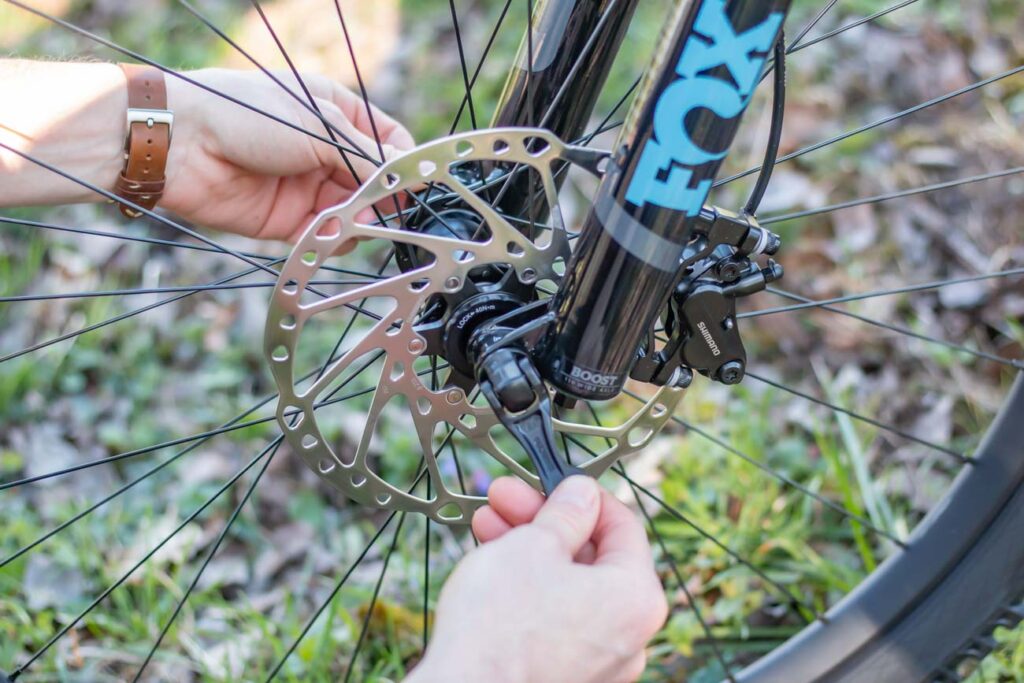



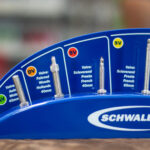


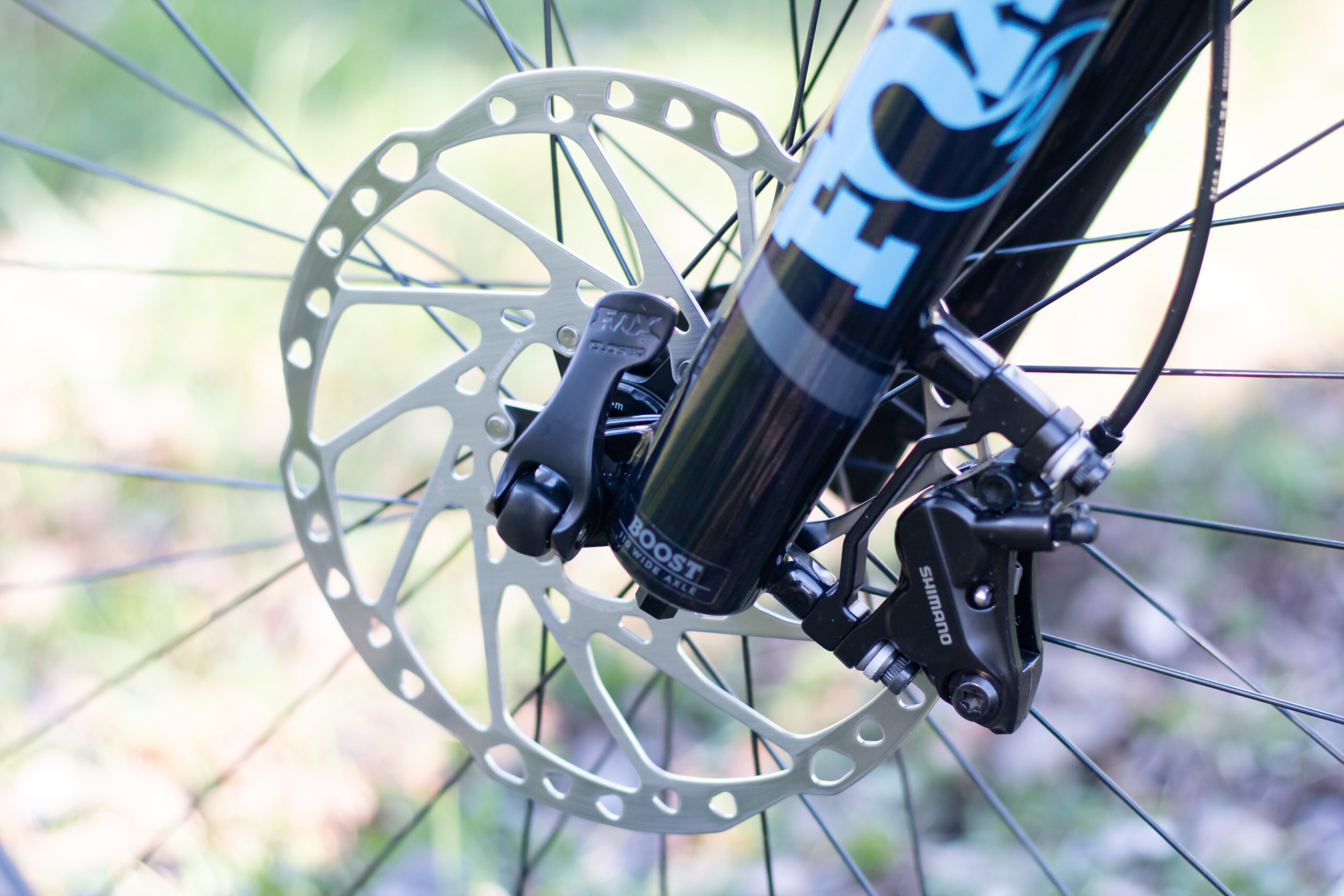


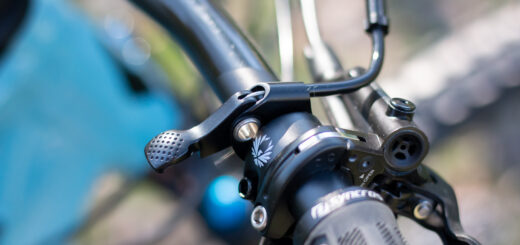
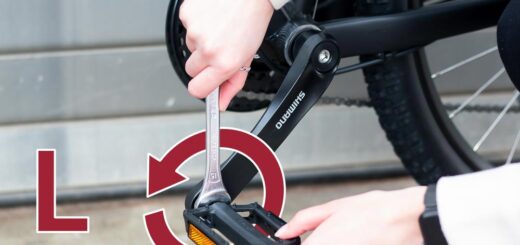








Recent Comments